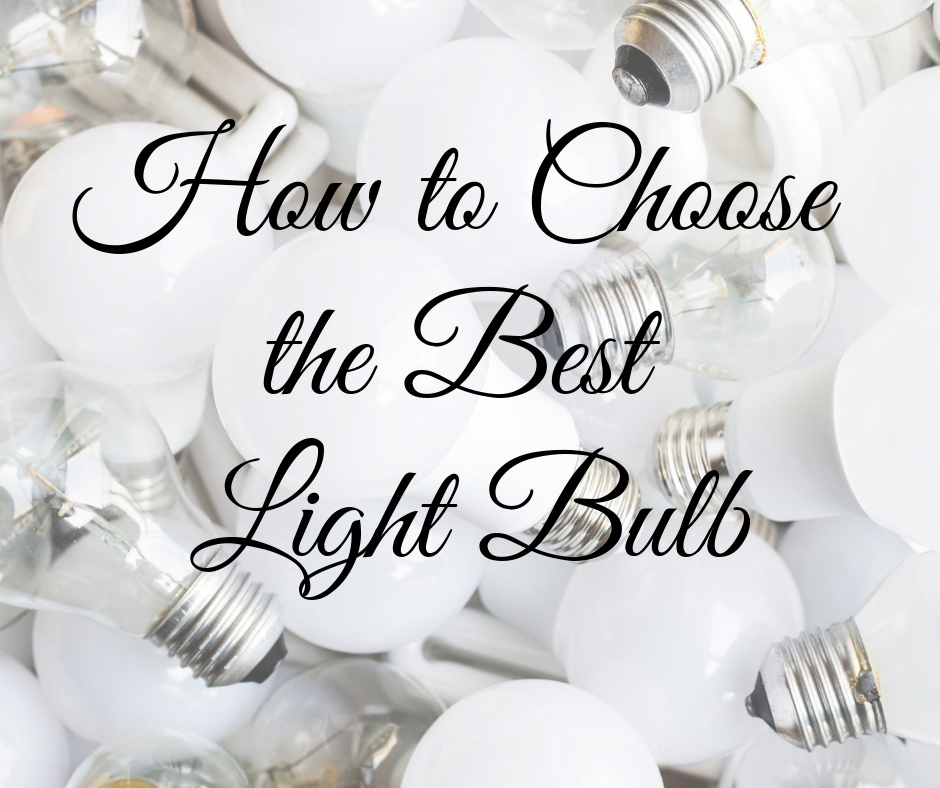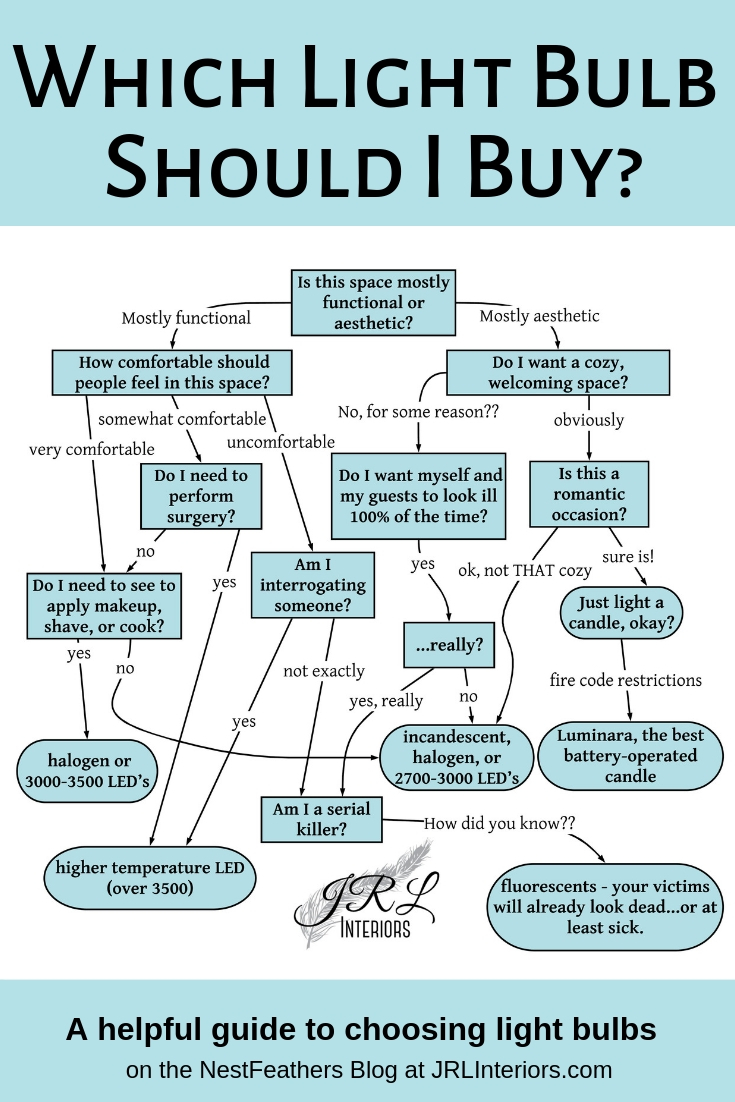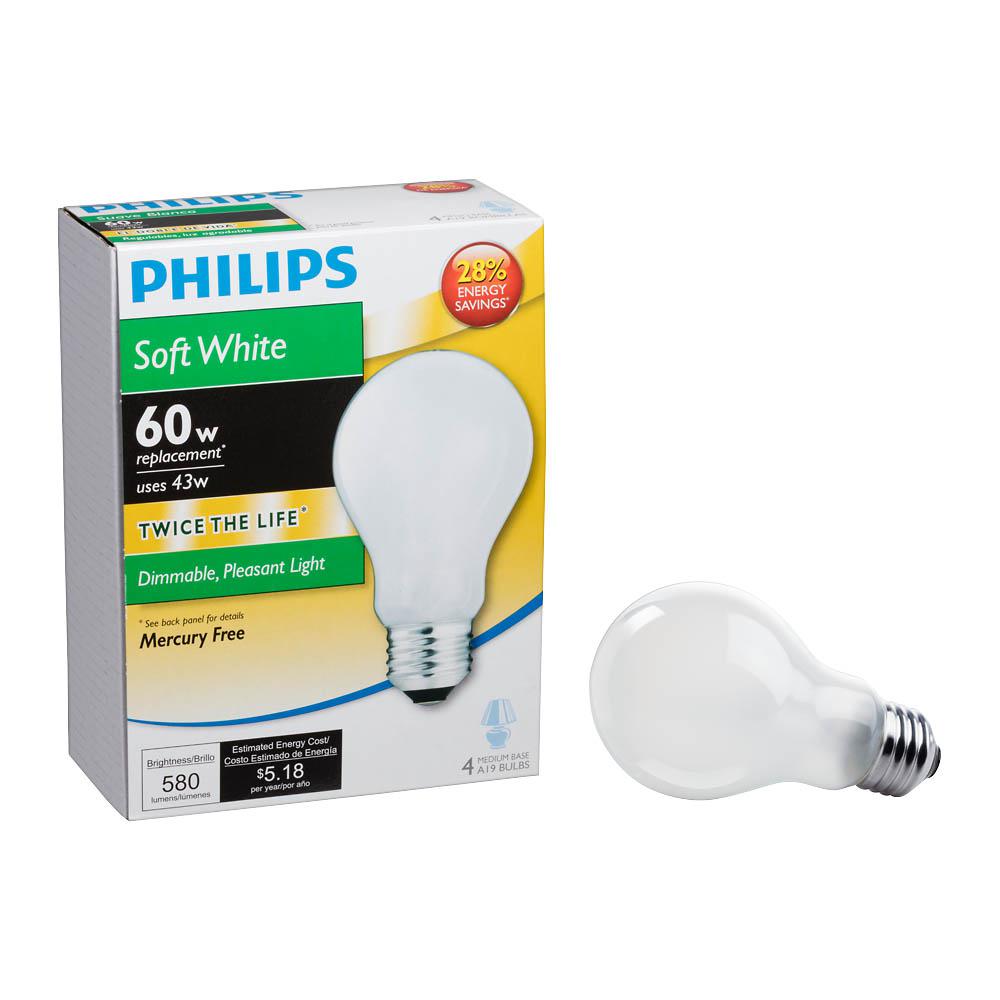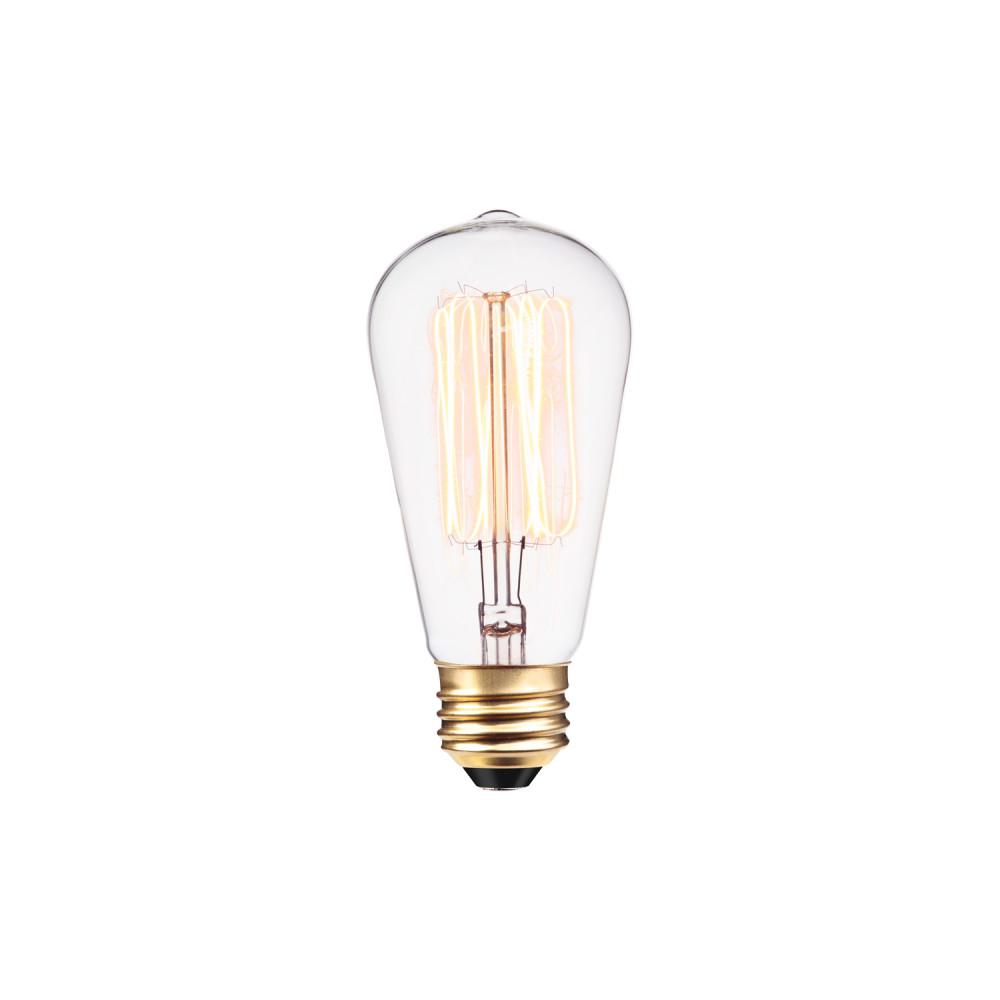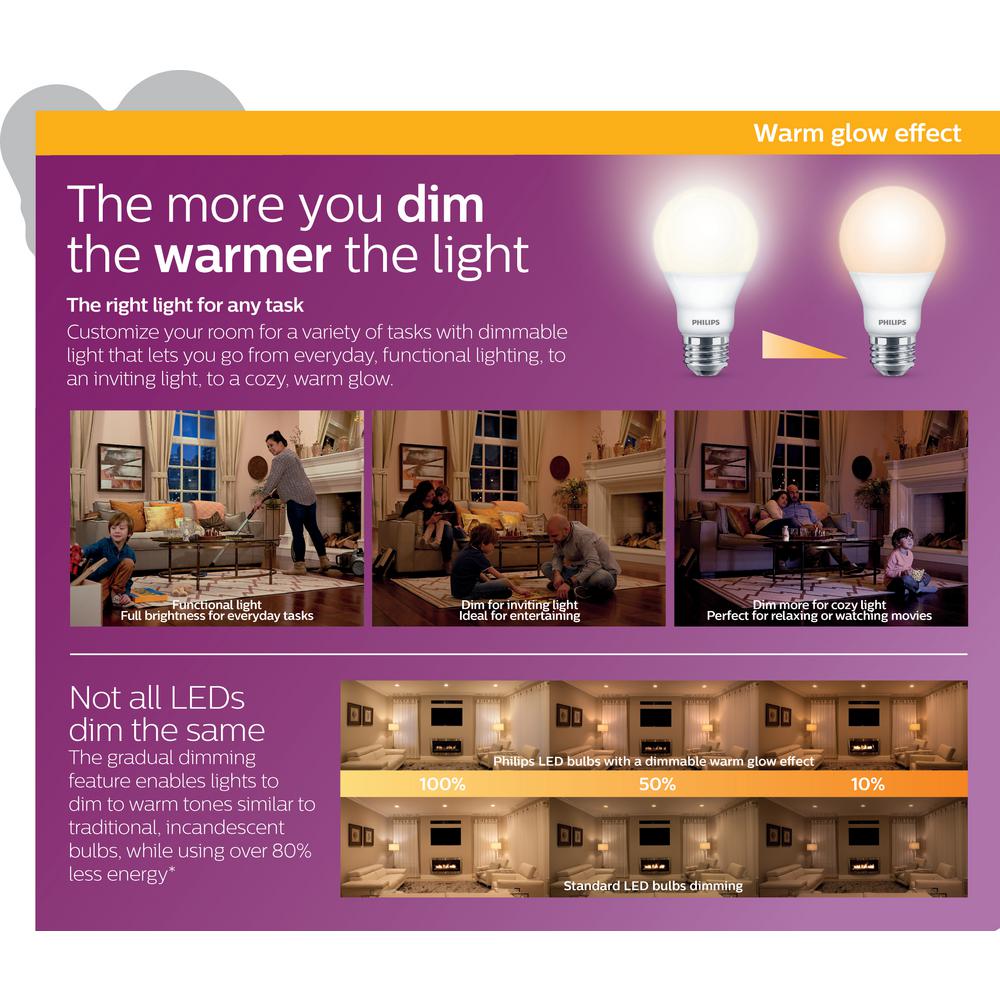Today, we are shedding some light on light bulbs. How do you know which light bulb to buy? Soft white? Halogen? LED? Fluorescent? WHICH LED or fluorescent? Do I want ‘warm’, or ‘cool’, or ‘white’, or ‘full spectrum’, or ‘daylight’, or ‘natural’? And what do all those numbers mean?
The light bulb aisle is a vast and confusing place these days. This was not always the case.
First we had incandescent light bulbs.
Thank you Thomas Edison. These consistently emit a pleasant, warm light. They come in various wattages from 40W (romantic atmosphere) to 150W (interrogation room). But they are fairly inefficient, as most of the energy used is converted to heat rather than light. NOTE: In 2014 some incandescents started to be phased out as legislation requiring efficiency standards in the US took effect, however some incandescent halogen bulbs still remain available.
Then along came fluorescent light bulbs
These were cheap to operate because they were much more efficient and way longer lasting. This made them them the top choice for commercial and office applications, and they began appearing in homes where bright task lighting was needed (kitchens and bathrooms). Unfortunately, they also emit an appallingly ugly light that makes everything look sickly, often accompanied by an annoying low-grade buzzing sound. They were not very cooperative with dimmer switches either. Not to mention the wee problem of disposing of these things since they contain toxic mercury.
Curses on whoever invented them. In an effort to correct the obvious problems, scientists created better fluorescent bulbs including ‘warm’ fluorescents and ‘full spectrum’ fluorescents...which was only a very marginal improvement. And if that wasn’t bad enough, they then created CFL’s (compact fluorescent lights) which are those squiggly fluorescent light bulbs that conveniently screw into a standard socket, so you could make ALL your lamps radiate eerie light. Lovely. Now you could have the inspiring atmosphere of a KMart in your very own home! Shoot me now.
I’m quite convinced these are the light bulbs used in hell.
This is a spectacular restaurant with the most amazing breakfast food (you can read about it HERE)…diminished only by their unfortunate choice of fluorescent ring ceiling fixtures. I know they are retro, but there are much better retro choices.
Finally, LED bulbs came on the scene
Finding your kid in the dark is one of the few excellent uses of blue/white LED lights…
LED’s came to save the day with high efficiency and no hazardous materials....at least nothing they have currently decided is going to kill us, but who knows?! The original LED’s were either red or blue (they were in that dot on your electronics power button) or green (forming the numbers on your ancient calculator). The color of the light is determined by the materials and manufacture of the LED. Manipulating the different materials has allowed the broader range of light emission necessary to get white light, but the mix to get the warm glow of incandescents is never quiiiiite the same IMO — the warm ones are a little more orange than the yellowish glow of incandescents. But the technology is improving every day, so I will reluctantly admit they are adequate IF you get the right ones, and I am probably overly sensitive to the color difference. However, because the color is determined by the process and materials used in manufacture, there is not necessarily consistency from one “warm” LED to another.
So what does it all mean?
Light color is labeled by a couple of indices… but here is the info you are likely to see on a (LED) package: Light output (brightness) is measured in lumens. Light temperature (which determines the color) is measured in degrees Kelvin (K), For comparison purposes, my beloved 60W original incandescent light bulbs are at 800 lumens (75W is 1100 lumens, 100W is 1600 lumens) and closest to around 2700K (Kelvin).
I still prefer incandescent halogen bulbs even though they are less efficient — the light is more similar to the earlier incandescents they took away. At around 3000K they are still a bit brighter warm white, but you can always put them on a dimmer switch. They are slightly more efficient than original incandescent, but not much, still expelling the majority of their energy as heat rather than light. In 2016, MIT researchers successfully developed an incandescent light bulb that, for lack of a better term, recycles the lost heat energy back into the bulb making this an even more efficient bulb than an LED or fluorescent...I haven’t seen any news lately, but I still hold out hope! (Click HERE for article)
A few things to know about LED’s if you must buy them:
LED stands for light emitting diode. I could tell you the science behind this, but do you care? I didn’t think so (if you do, you can read about it HERE). You just want to know which #%@# light bulb to choose, right? The important thing to remember here is that temperature (Kelvin) also has a large impact on perceived color in LEDs. Lower Kelvin = warmer light, higher Kelvin = cooler/bluer light.
A 2700K-3000K ‘warm’ LED, while not an exact match for the warmth of incandescent, is the closest LED to it.
Anything higher than 3500K and you are approaching operating room/HomeDepot territory. PLEASE avoid these for lighting a home.
4000K LED is often labeled as ‘natural’ light (in what universe is this natural?) Offices, hospitals, and commercial institutions often use lights at this temperature or higher.
5000K-6500K LED’s are ‘daylight’ —UGH. These are approaching blue and exceptionally unpleasant - right up there with fluorescent! So many people mistakenly think that because it says ‘daylight’, it will give your room a sunny, outdoorsy feel. DO NOT BE FOOLED. It will make it look bluish and feel glaringly unsettling even though it is brightly lit.
For more light (haha) reading on the different light bulbs and LED’s you can read THIS or THIS.
Please note - paint stores often have their samples in lighting at the 4000-6000K range because this is closest to full spectrum daylight (though not exactly the same), and the light is bright. While this may be more daylight-like for choosing colors, that doesn’t mean it makes for a pleasant artificially lit atmosphere. And unless your home is also lit at surgical suite levels, the paint color is going to look different in your house!
For a quick summary, we have composed this handy flow chart for choosing light bulbs:
and there’s always candlelight!
A few potential light sources that are not offensive (click on each image for details)
Wishing you a BRILLIANT day!
see what I did there??
XO,
(graphic by Jenna)
*Please note that this page contains affiliate links meaning that if you make a purchase, I might make a small commission at no extra charge to you.

